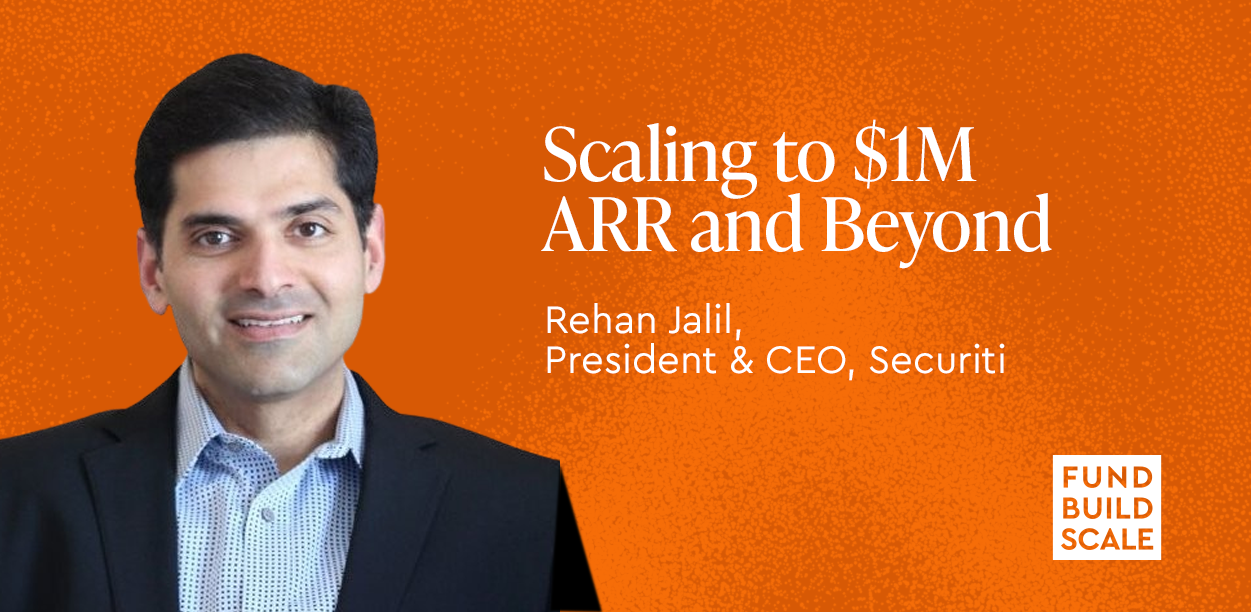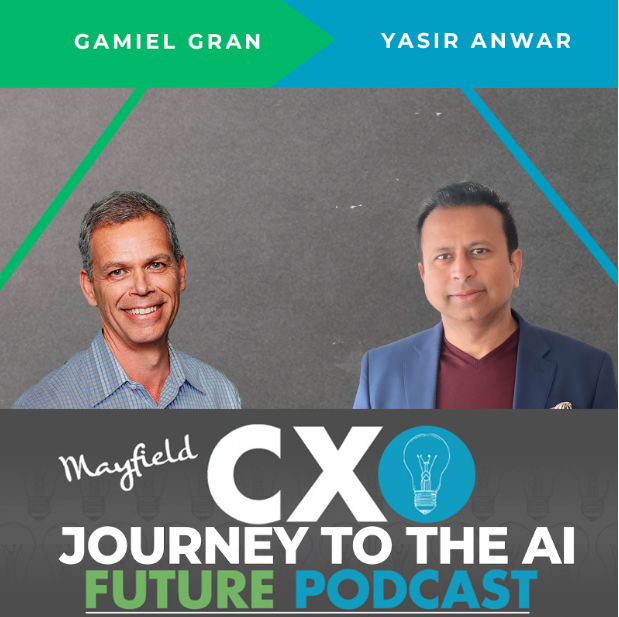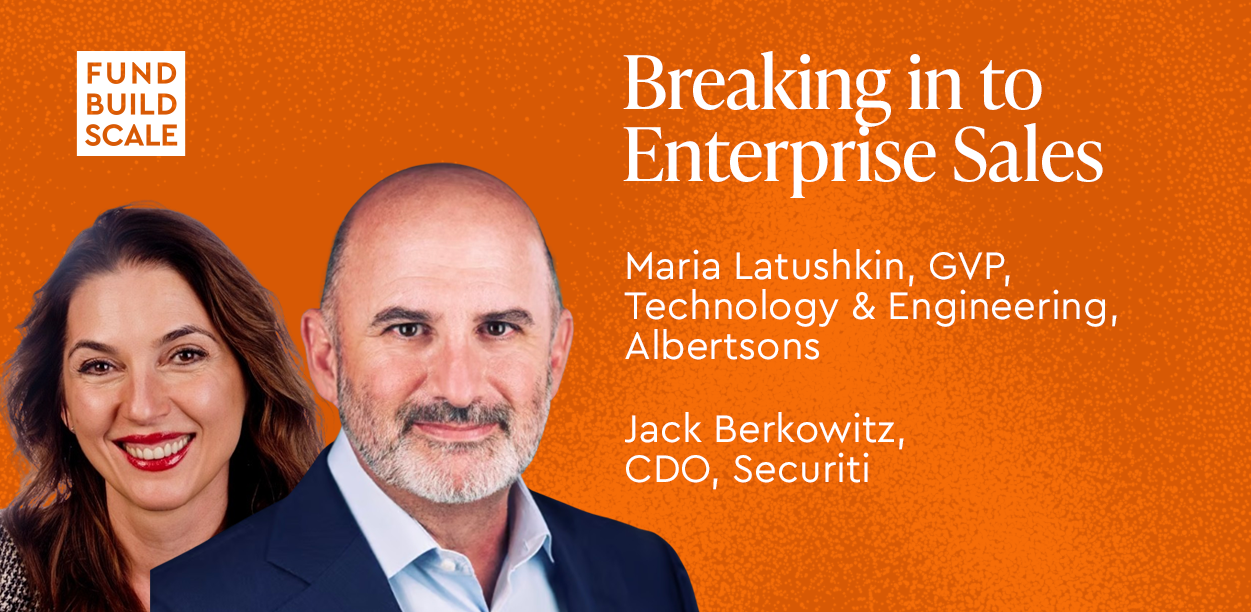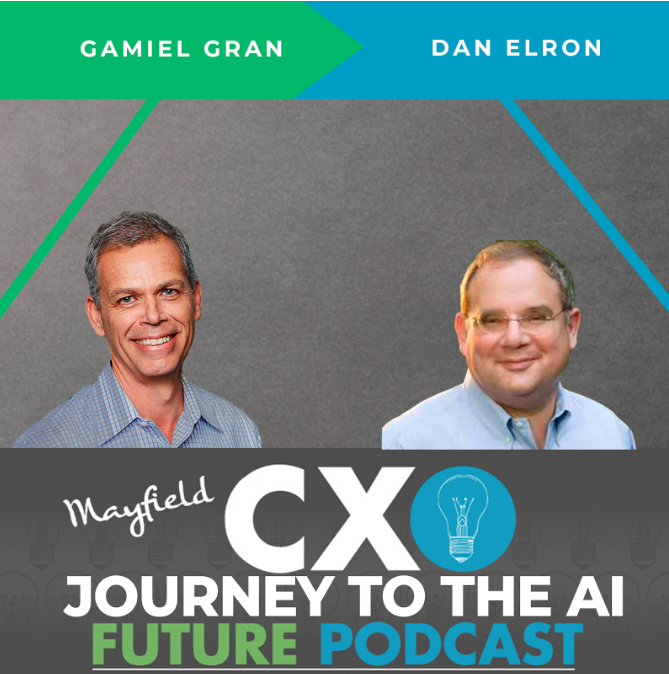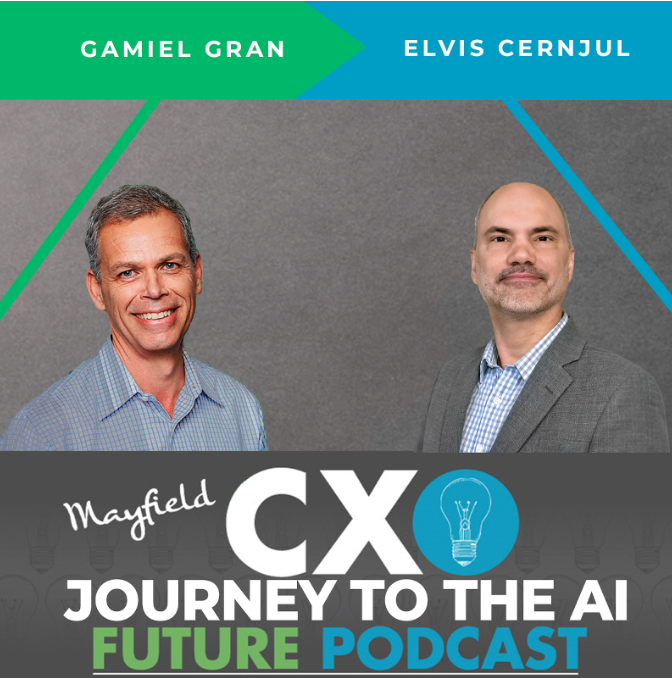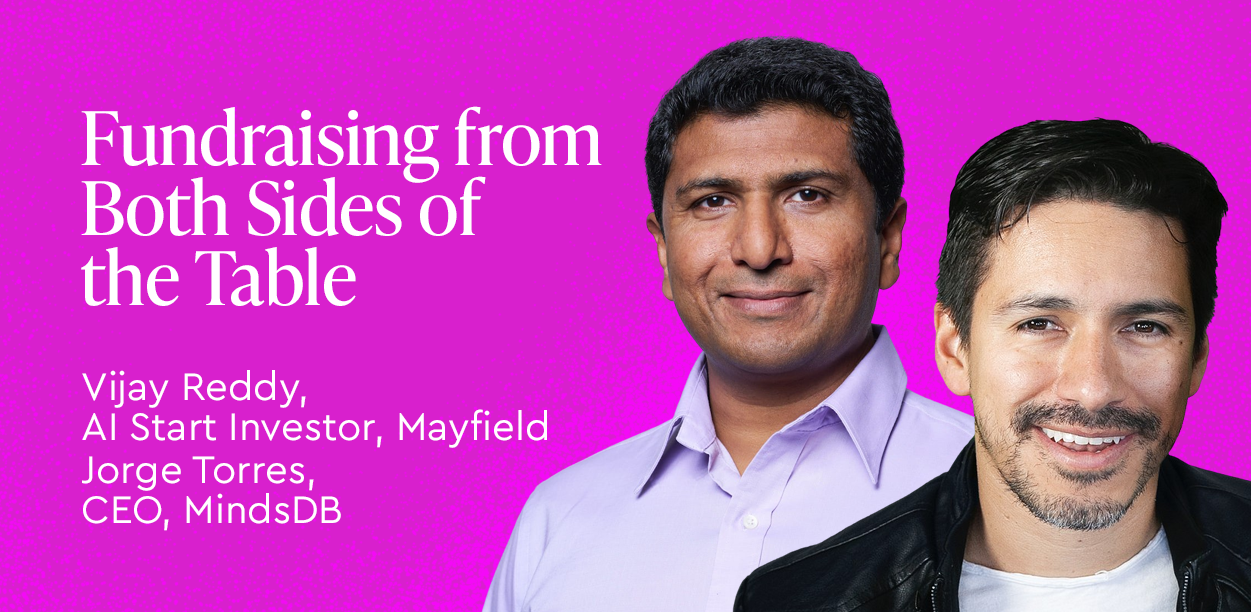Listen to the podcast here:
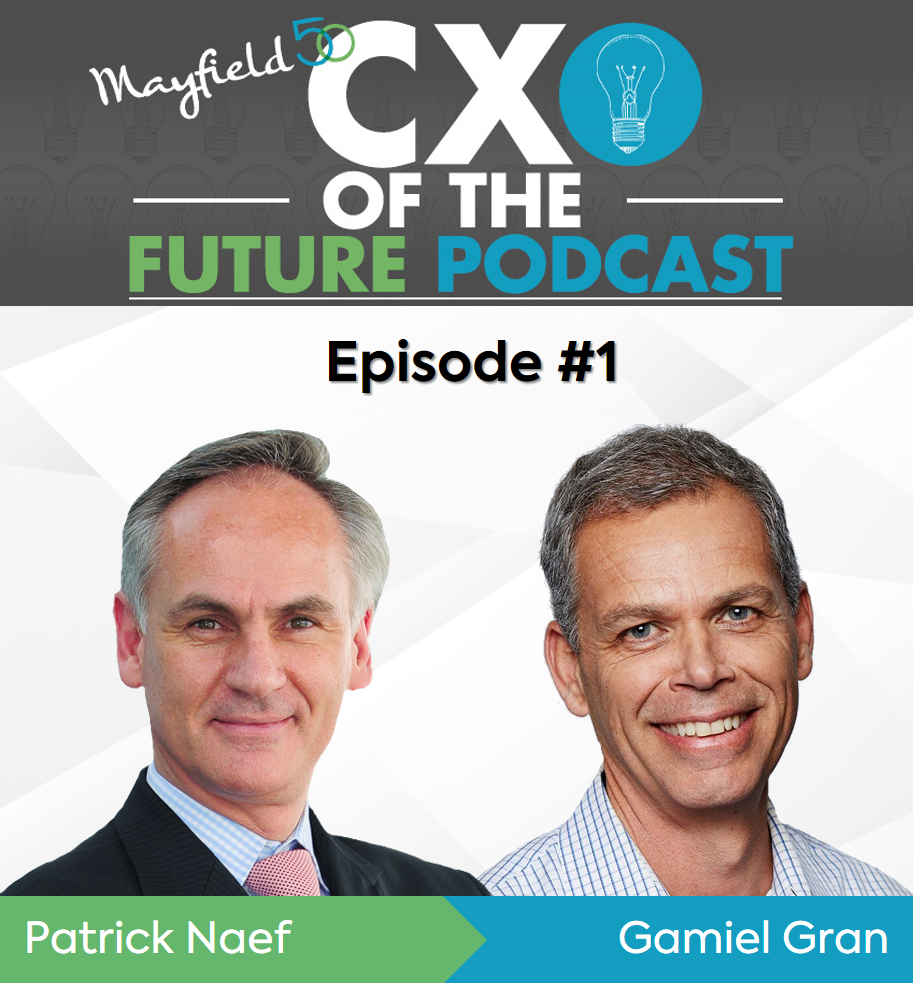
JJoin us for our first CXO of the Future Podcast here at Mayfield with Patrick Naef, Partner at Boyden and Former CIO at The Emirates Group as he discusses his vision of the CXO of the Future. Patrick points out how many traditional companies are moving more towards having a CIO-level technology expert on their board and why a CIO should have the ability to drive the business’ vision to one day become CEO of these technology-driven companies. He also explains why the most important person is the one that makes the most impact versus the one with the bigger budget or more people to lead. Every dollar spent on technology should be seen as an investment in the product, because ultimately the investment in technology is what drives your product or service forward. That is why Patrick emphasizes how an IT leader needs to have a deep understanding of technology and a passion for it, and why CIOs need to be strong leaders and visionaries who are capable of understanding and speaking about the business side of technology.
In the hyper-changing world of tech startups, the role of the CIO is not what it once was. As a leading venture capital firm, Mayfield has spent many years helping to build companies, and one of the ways it helps is to bring insight from true users of technology – practitioners, CTOs, and CIOs. Recently, one of the conversations we’ve been having, along with our CIO advisory network, is what is the future role of the CIO? To find out more, Mayfield’s VP of Business Development, Gamiel Gran, sat down with Patrick Naef, former Senior Vice President of Information Technology and Chief Information Officer at The Emirates Group, and current Director of the Board for Franke, one of the largest manufacturers of commercial kitchen appliances. Naef was asked to join Franke’s board when the company realized that technology will revolutionize the way they operate – in the products, in the business model, or in the supply chain. Franke is just one example of a traditional manufacturing company that’s moving more from hardware to software – not just in their IT department, but across the full spectrum of their business. With this rapid shift in companies that have in the past been more traditional (in both operation and production), how are companies evolving to become more equipped to meet the world’s growing standards of technology?
Everything Including the Kitchen Sink
Today, even your kitchen sink is becoming more technology enabled. Hardware is moving further into cloud-based technology with sink taps that connect to digital temperature control systems and machines that will make your dinner for you using a recipe that’s been uploaded by a chef across the globe. Many traditional companies are moving more towards having a CIO-level technology expert on their board, because the physical capabilities of products are becoming a software-defined product. Boards and businesses need to shift their focus to an agile end-product that relies heavily on the knowledge of someone with years of tech experience. In Naef’s case, he explains, “Franke’s coffee machines were traditionally a strictly hardware-focused component. As you know from IT, you buy big computers, they’re equipped with dozens of processors, and just by software you enable additional processors, and you can basically change the capacity through software. Today, you could do the same with coffee machines. You could put the coffee machine into the customer’s restaurant. He or she needs to produce, I don’t know, one thousand coffees a day. There may be peak times where they need to produce 2,000. And now you can sell the excess capacity on a peak where he needs it. So, it’s becoming coffee-as-a-service so to say. You can then change your business model where you’re not selling the coffee machine anymore, but charging per cup that’s being produced, and so on. And then, how do you connect it back to the supply chain. You could have the coffee machine order the beans directly with the roastery and they could integrate supply chain using technology. And you could go on forever.” Another example, Naef mentions, is the German company Vorwerk, that manufactures a product called Thermomix – a kitchen appliance that holds recipes in the cloud and makes your meals for you – all you have to do is enter the ingredients. Thermomix has adapted in a short time, thanks to clear insight from their technology staff. “Initially when they brought it to market, you had to buy the recipes from Vorwerk. They changed the approach as of a year ago and opened it up so consumers can now define their own recipes, and suddenly the whole product became a platform for a new network, it became an ecosystem.” These examples speak volumes to the opportunities that companies have to transform themselves to engage with their end customers and provide an additional service. This transformation is also a clear reason why companies have begun shifting their boards to include a CIO or established IT leader to bring advanced technical capabilities and agile, forward thinking to their business. The cost center CIO is a model of the past, and the future is a CIO with the ability to drive the vision and one day become CEO of these technology-driven companies. “I see many companies with the CIO still running the back of the house, and technology innovation and products are managed by the CTO or the person in charge of product development, and then you have the manufacturing side. Typically, in a hierarchical structure you have three people who are in charge of that, and it’s all converging. If the company’s not there yet to realize these things have to come together to be efficient and fast, then it’s going to be very difficult for them if they don’t have someone at the board level who has a strategic view and foresight to drive the company in that direction.” So, essentially we’re looking not only at the future of the CIO – but the future of organizations as a whole.
A Steady Transition
Everything is becoming more connected, yet there are times when maintaining traditional architecture is an absolute necessity while still pursuing the cloud for ancillary benefits. “There are still certain applications, like reservation systems, where you have high-volume transactions, thousands per second, that are not yet ready to be sustained solely on the cloud,” Naef explains. “I do think there’s a lot of hype of ‘bring everything to the cloud and all of your problems will be solved,’ but the reality is, if you have a legacy buy-in, you still have a traditional business. Emirates is based in Dubai, for instance, and connection to the UAE is sometimes disrupted, because there are undersea cables that occasionally get caught – and then everything is disrupted. When you have an airline to run and passengers to deal with, you can’t wait for the undersea cable to be repaired, you need to have a fallback. Emirates still does a lot in-house; we run our own reservations and data centers, because we simply couldn’t afford to put everything into the cloud and run that risk.”
“I fundamentally question whether the future of the IT organization as a central hierarchical organized structure is the right form of organizing technology for all companies.” Far too often, Naef says, the responsibility of strategic technological operations is delegated to a CEO, CTO, or CIO, and it’s often the same pattern. “[Leaders] are overwhelmed with the technology topic and they don’t want to deal with it, because it’s too complex, too fast moving, and they sometimes don’t understand it, so they delegate it to someone else.” That’s not going to work anymore, he says. “I see the future of IT companies moving away from central organizations into decentralized networks. But that doesn’t mean that you don’t still need some sort of central-governed standardized strategy. Governance is essential. The more you decentralize, the more governance becomes essential.”
Decentralization of the Business
The concept of decentralizing has been tossed around for several years – we hear about the CMO receiving most of the budget and preference because of the importance of being closer to the consumer- during that time period the role of the CIO was declining. Many times, the role of the CMO is indeed closer to the customer, but often not strategically architecting how all the data works together. Meanwhile, that’s been the CIO’s role for years: where are we going to keep all of this data and make it available across all lines of business; how are we going to frame this strategically so it works to scale? In many ways, the CIO’s role has evolved into one that’s responsible for leading the rest of the organization. “That’s another area where I see a shift in traditional hierarchy constructs,” Naef says. “The more important person used to be the one with the bigger budget or with more people to lead. In a network organization, you can’t measure it like this. It’s more of the impact that you make. The future, in my view, doesn’t lie in the centralized organization, so the CIO may not have a large budget to manage. But is that bad? I don’t think so, because traditionally IT was measured as a cost center and seeing what your IT cost was as a percentage of revenue.
Cost center IT is a structure of the past. Instead, Naef suggests, every dollar spent on technology should be seen as an investment in the product, because ultimately the investment in technology is what drives your product or service forward. “I would advocate for doing away with looking at technology as a cost, but look at investments in technology as part of your R&D. Nowadays, is spending more on technology bad, or is it rather good? And is investing in new products or digitizing a part of an IT cost, or is it more research and development? With more hardware moving into software and the backend process IT and the product IT converging together, you can’t separate the two anymore.”
So, what qualities and skills make a great CIO of the future? Of course, an IT leader needs to have a deep understanding of technology and a passion for it. But as the role transforms from one that receives orders to one that is responsible for delegating and strategizing, CIOs will now need to be strong leaders and visionaries – and capable of understanding and speaking about the business side of technology. As Naef puts it, “You need to be able to not just talk about the technology used in your coffee machines, but the business model you’re building around it.”
Key Takeaways
- Many traditional companies are moving more towards having a CIO-level technology expert on their board. Boards and businesses need to shift their focus to an agile end-product that relies heavily on the knowledge of someone with years of tech experience.
- The cost center CIO is a model of the past, and the future is a CIO with the ability to drive the vision and one day become CEO of these technology-driven companies.
- The more important person used to be the one with the bigger budget or with more people to lead. In a network organization, you can’t measure it like this. It’s more about the impact that you make.
- Every dollar spent on technology should be seen as an investment in the product, because ultimately the investment in technology is what drives your product or service forward.
- An IT leader needs to have a deep understanding of technology and a passion for it. But as the role transforms from one that receives orders to one that is responsible for delegating and strategizing, CIOs will now need to be strong leaders and visionaries – and capable of understanding and speaking about the business side of technology.





